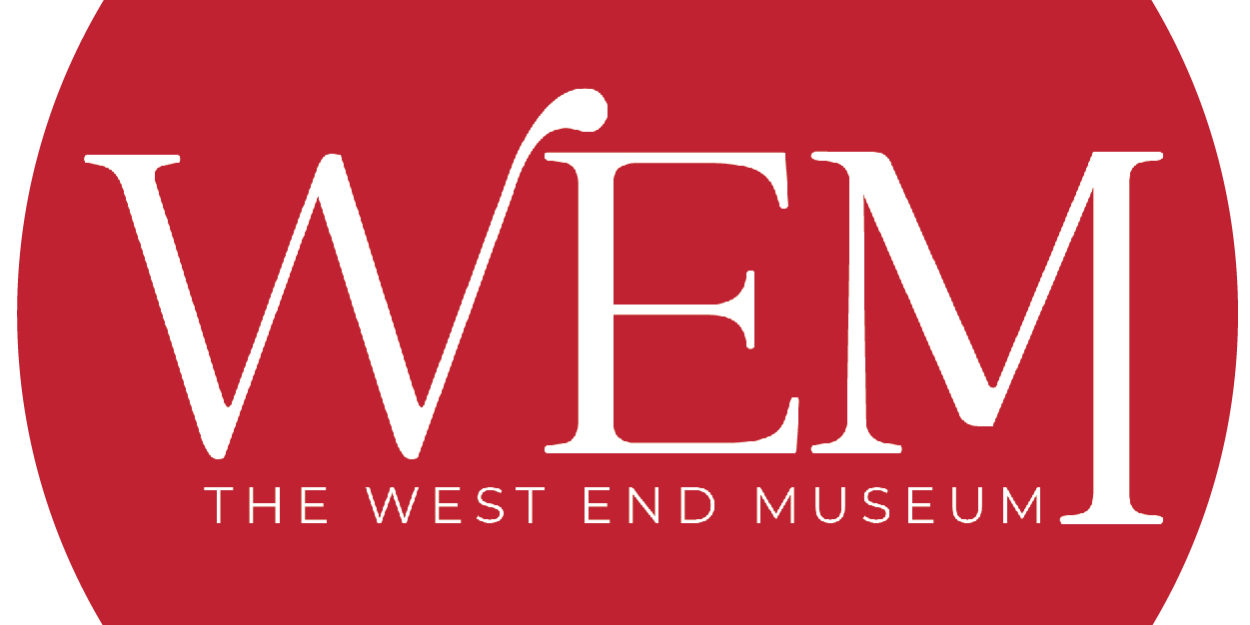Summer 2022 Newsletter
A Message from the Director
Hello Friends of The WEM,
As many of you are already aware, the past few months have been quite challenging for the WEM. I want to thank you all for the support that you have given since the flooding in January. We’ll continue to let you know as things develop on that front, but for now I’d like to focus on some positives.
The biggest of those is that, as of June 1, Bob Potenza joined the WEM as our new Collections Assistant. Bob is a recent graduate of UMass Boston’s archive program and a former Ikea executive. He served as an aviation officer during the Gulf War, and is a father of four. Bob, like me, started at the WEM as a volunteer. He also completed his master’s thesis on the WEM archives before starting this position.
In addition, intern Georgette Labbad has been helping me get things more organized on the administrative end of things while doing research that will eventually become her undergraduate thesis at the University of Venezuela!
As many of you know, we have been continuing our walking tours of the West End, sharing the history of the neighborhood with many of you as well as with private tour groups and school groups. Engagement remains strong during this period when the Museum has been closed—not only through the walking tours, but also through our social media pages, emails and website. I have also had the pleasure of attending two dozen community meetings this year ensuring the voice of the Museum is heard among community leaders, business owners and residents.
We are so grateful, now more than ever, for your support throughout this difficult time. I am happy to report that the Museum remains stable and is taking important steps towards reopening. We look forward to seeing you all in person again, sometime soon.
Best wishes,
Sebastian Belfanti
Museum Director, The WEM
New Board Officers Look to Future with The WEM's Restoration
By Yasmeen Freightman
Newly-elected officers to The West End Museum Board of Directors say restoration of Boston’s only neighborhood museum is top of mind for everyone. A flood, caused by burst pipes in the building at 150 Staniford St. this winter, badly damaged the space and exhibits, but plans were already in motion to redesign the facility so it could offer visitors more historical depth about the West End.
According to longtime board member Lois Ascher, while the flood put them back at square one, it gives them the opportunity to build a more innovative and connected space.
“When I think about the Museum’s future, I look at what the West End stood for. And the word I come up with is connection. To do so viscerally, not just [with] photographs,” said Ascher, who recently became the Museum’s first female president.
More Change is Coming to The West End An Update on the MGH Expansion
By Leigh Blander
After years of planning and community hearings, three historic West End buildings are scheduled to come down this summer as part of the Massachusetts General Hospital expansion. Several artifacts from those buildings will be moving to The West End Museum.
“We’re finalizing what we’re going to receive,” said Sebastian Belfanti, director of The West End Museum.
Perhaps the most well-known building to be knocked down is the West End House on Blossom Street, the last standing settlement house in the West End.
The West End House opened in 1906, started by a group of 35 children of Eastern European immigrants.
Rebuilt WEM to Feature Immersive Spaces
By Yasmeen Freightman
The team at The West End Museum is laying the groundwork for a major rebuild following January’s flood that devastated Boston’s only neighborhood museum.
It’s been a productive year so far, especially for fundraising, but construction delays mean that the Museum remains closed indefinitely.
WEM Executive Director Sebastian Belfanti says the rebuild is progressing as well as can be expected, although events over the past few months have prompted modifications to the renovation plans.
“The most emotionally challenging thing with the flood was seeing little things that were repaired over the last two years get destroyed,” Belfanti remarked. “But a plan to rebuild is coming together, despite some bumps in the road. In the meantime, we will begin to explore options for more in-person events in one or more temporary sites and collaborative spaces.”
New Life, New Vision for the West End's Historic Vilna Shu
By Leigh Blander
Stepping into the old Vilna Shul on Beacon Hill is like stepping back in time. You’re transported to the turn of the 20th century when new immigrants, especially Jews from Eastern Europe, flooded Boston’s West End looking for a new life.
In the early 1900s, 57 synagogues filled Boston. The Vilna is the last remaining synagogue building from that era.
“It’s a special place,” said Christen Hazel, The Vilna’s Director of Development. “The building was bustling in its day,” she added.
“This is where people came to be together. The synagogue was the center of their community. There were kids running around, women cooking, and men praying. Neighbors came together here to make blankets for new immigrants coming off the boat.”
Today, supporters are breathing new life – and a new vision – into this historic building at 18 Phillips Street. The Vilna is no longer an active synagogue, but a center for Jewish culture and community engagement. It hosts concerts, speakers, films and tours. People can rent it for private events and life-cycle celebrations.


